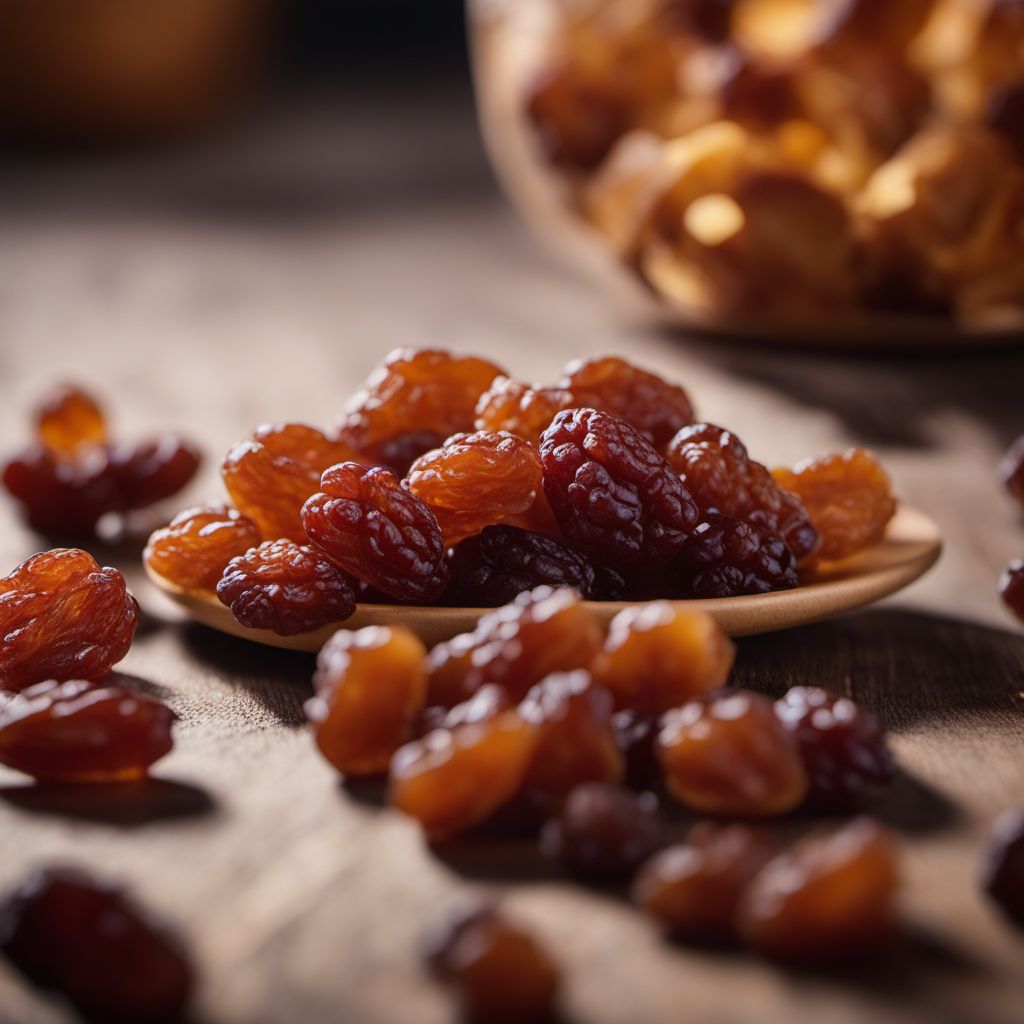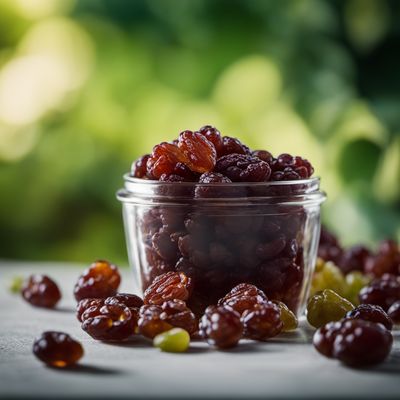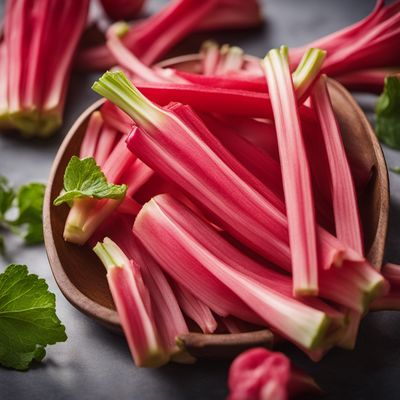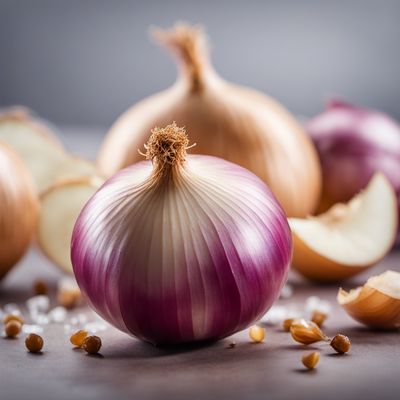
Ingredient
Raisins flavour
The Sweet Essence of Sun-Dried Grapes
Raisins flavor captures the essence of sun-dried grapes, offering a unique combination of sweetness and tanginess. These small, wrinkled fruits are packed with intense flavor and a chewy texture that adds a delightful contrast to various recipes. Whether used in baked goods, salads, or savory dishes, raisins flavor brings a touch of natural sweetness that is hard to resist.
Origins and history
The process of drying grapes to create raisins dates back thousands of years, with evidence of their consumption in ancient civilizations such as Egypt and Persia. Raisins have long been cherished for their ability to preserve the natural sweetness and nutritional value of grapes. Today, they are widely cultivated in many countries, including the United States, Turkey, Iran, and Greece, and are enjoyed in numerous cuisines around the world.
Nutritional information
Raisins flavor is a concentrated source of natural sugars, providing a quick energy boost. They are also rich in dietary fiber, antioxidants, and essential minerals such as potassium and iron. However, it is important to consume them in moderation due to their high sugar content.
Allergens
There are no known allergens associated with raisins flavor. However, individuals with grape allergies should exercise caution and consult with a healthcare professional if they have any concerns.
How to select
When selecting raisins flavor, look for plump and moist raisins that are free from mold or signs of spoilage. They should have a deep, dark color and a slightly sticky texture. Avoid raisins that are overly dry or hard, as they may have lost their natural sweetness and become less flavorful.
Storage recommendations
To maintain the freshness and flavor of raisins, store them in an airtight container or resealable bag in a cool, dry place. They can be kept at room temperature for several months, but for longer shelf life, it is recommended to store them in the refrigerator or freezer. Proper storage helps prevent moisture absorption and extends their shelf life.
How to produce
Raisins flavor can be produced by sun-drying grapes, a process that involves exposing the grapes to direct sunlight until they lose most of their moisture. This can be done on a small scale by placing grapes on a tray or rack in a sunny location for several days. However, commercial production involves specialized equipment and controlled environments to ensure consistent quality and safety.
Preparation tips
Raisins flavor can be enjoyed in a variety of ways. They are commonly used in baked goods such as cookies, cakes, and bread. They can also be added to salads, trail mixes, or used as a topping for oatmeal or yogurt. In savory dishes, raisins flavor pairs well with meats, grains, and vegetables, adding a touch of sweetness and complexity to the flavors.
Substitutions
Dried cranberries, currants, or chopped dates can be used as substitutes for raisins flavor. While they may not provide the exact same taste and texture, these alternatives can still add a similar sweetness and chewiness to dishes.
Culinary uses
Raisins flavor is widely used in baking, particularly in recipes for cookies, cakes, and bread. They are also a popular addition to trail mixes, granola bars, and breakfast cereals. In savory dishes, raisins flavor can be found in various cuisines, such as Moroccan tagines, Indian biryanis, and Middle Eastern rice pilafs. They are also commonly used in stuffing for poultry or as a filling for pastries and pies.
Availability
Raisins flavor is cultivated in many countries around the world, including the United States, Turkey, Iran, Greece, and Australia. They are widely available in grocery stores, supermarkets, and specialty food stores in both their natural form and as an ingredient in various products.
More ingredients from this category » Browse all

Blackberry flavour
The Essence of Luscious Berries

Sour cream cherry flavour
The Tangy Twist of Cherry Sour Cream

Almond flavour
"The Nutty Elixir: Exploring the Delicate Allure of Almond Flavour"

Extra hot flavour
Fiery Heat: Extra Hot Flavor

Woodruff flavour
The Enchanting Essence of Woodruff

Malaga / raisins flavour
The Sweet Essence of Sun-Drenched Grapes

Rhubarb flavour
The Tangy Delight: Rhubarb Flavour

Guava flavour
Tropical Delight: Exploring the Exquisite Guava Flavor

Tropical flavour
Exotic Delights: Unleashing the Vibrant Essence of the Tropics

Grape flavour
The Essence of Grape: Unlocking the Flavorful Delights

Bitter flavour
Exploring the World of Bitterness

Onion flavour
"The Versatile Essence: Unleashing the Power of Onion Flavour"